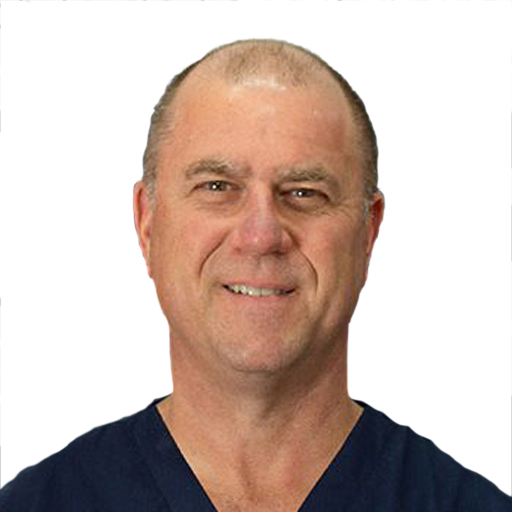The use of medicines in the peri-operative setting is fundamental. Until the 1980s, podiatry in Australia was not broadly accepted as a profession with the training, expertise and need to access such medicines.
Surgical practice needs pharmaceuticals!
The most significant reform was driven by South Australia. A meeting with the Minister for Health Dr John Cornwell in 1988 resulted in a sub-committee to examine a submission from the then-called ‘APodA South Australia’ for scheduled medicines for podiatrists. The sub-committee included Dr Malcolm Collings, Dr Max Dunstone, Lloyd Davies (pharmacist), Professor Lloyd Sansom, and podiatric surgeons, Drs John Pickering, Hans Jordan and Bill Kutcher.
Prof Sansom pragmatically supported the view that podiatrists should be allowed to prescribe medicines as part of peri-operative management. From this point onwards, podiatric surgeons in South Australia could prescribe oral preparations of medicines, including antimicrobials, non-steroidal anti-inflammatories and codeine.
Incidentally, this was a landmark event that formed the foundation to build the medical and pharmacologic training basis that ultimately resulted in national scheduled medicines access for the podiatry profession from 2009 onwards across Australia.
Overseas comparisons as the catalyst
Like in medicine and dentistry, the use of prescription medicine within the scope of general and surgical podiatric practice is core and it is reflected in the podiatry profession globally, as evidenced in the United States (USA), England, Canada and Spain. The next important step back in the late 1980s and early 90s was to align podiatric prescribing in Australia with these countries would be regulatory inertia to facilitate scope appropriate and broad prescribing. That is to say, access to an open formulary.
The new wave
Around the start of the 1990s, a group of young podiatrists from Western Australia, South Australia and Victoria began the process of training and examination under structured training programs. The desire to be at the cutting edge of foot and ankle surgery meant ongoing trips to the USA for this new wave of podiatric surgeons.
At the time, the Podiatry Institute (PI) in Atlanta was one of the leading education programs for podiatric surgery in the USA. This next wave of podiatric surgeons was supported in their education by the generosity of podiatric foot and ankle surgeons at PI, such as Drs Dalton McGlamry, John Ruch and Alan Banks. This initiative was driven by a young ACPS member Dr Rob Hermann, who was seeking more advanced surgical training, particularly in reconstructive rearfoot and ankle surgery.
International bonds are forged
An informal dialogue was established between the PI and ACPS. Dr Hermann flew to Atlanta to complete the first mini residency alongside residents of PI. He was warmly welcomed by residents Drs Dave Calderella, Tom Chang, Luke Cicchenelli and Craig Camasta. Such rotations became a compulsory component of the ACPS training program.
An invaluable fraternal relationship between the PI faculty and ACPS fellows was forged during these years, and still exists today. This relationship also included rotations for PI graduates in Australia. The PI graduates conducted extended surgical tutelage in Australia, which resulted in improving surgical practice of Australian podiatric surgeons to PI standards. The selfless efforts of Drs Luke Cicchinelli and Craig Camasta were particularly significant.




